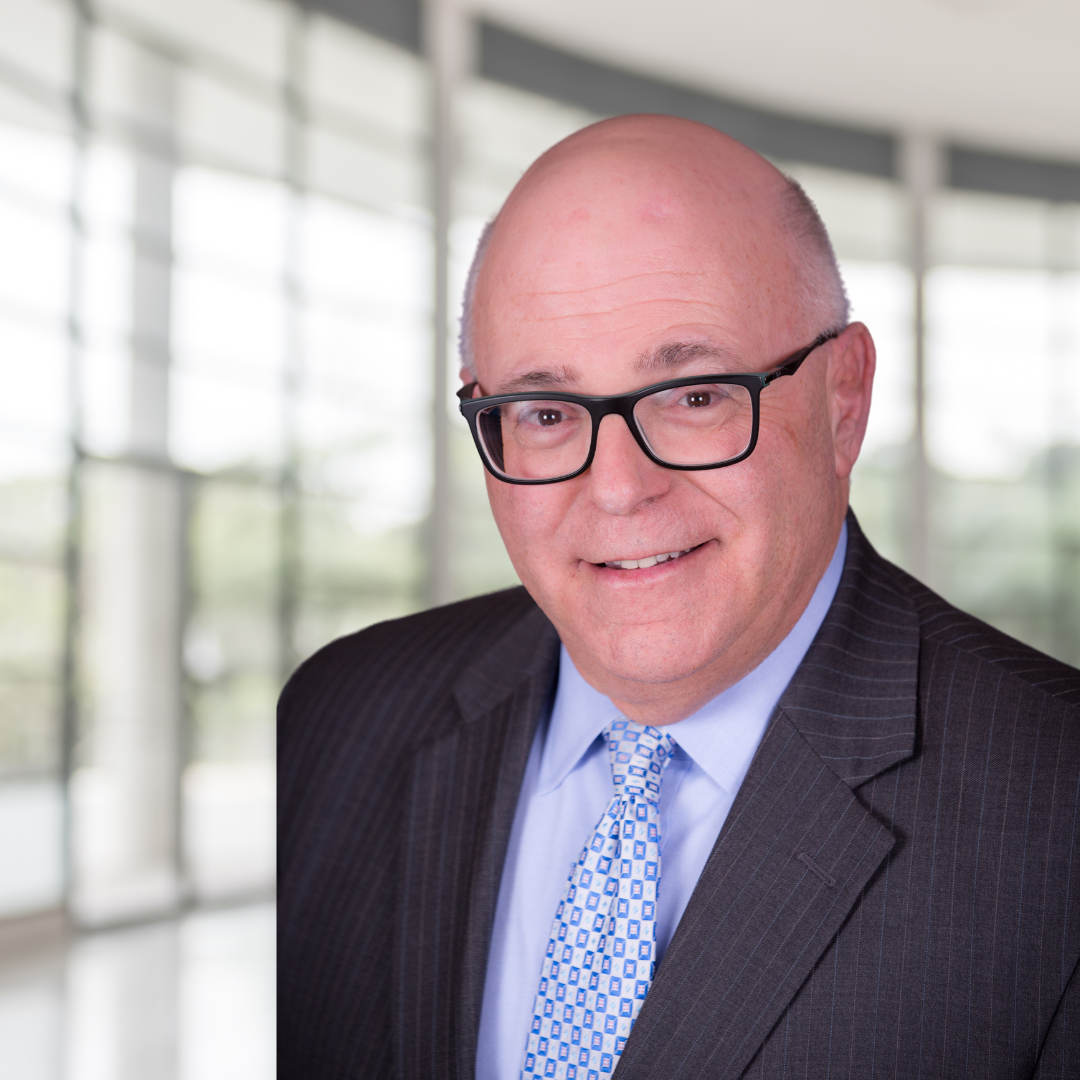Some call it storytelling; others call it an elevator pitch. Either is fine, and elevator pitches are good as long as you know that most people want to get off on the 2nd floor.
Developing a concise, compelling, and succinct message that clearly states the societal problem you’re working to address, how you will solve it, and what differentiates your work is a key factor in fundraising campaign success. Your case must be made clearly, quickly, be externally focused, and demonstrate urgency.
Creating a compelling case statement for your fundraising campaign that speaks to the problem you’re working to solve is crucial for inspiring donors and securing their support. I like to focus this work on zhuzhing what I call the "language of the possible." Developing a language for use by your staff, campaign volunteers, and board members is crucial to giving you a library of messages related to your work beyond just a highly stylized brochure.
A new language, the language of the possible, gives those who are your strongest advocates the information and comfort level they need to talk about your work, make it personal, and demonstrate the importance of how society, your community, and constituents will benefit from the success of your campaign. This language helps your team have a high degree of confidence when communicating what would be different in the world if a donor joined in campaign.
Here are a few highlights of how fundraising staff, campaign volunteers, and nonprofit C-suite leaders can effectively use this language to motivate donors, effectively communicate “the why” your work matters and see increased success.
Visionary and personal storytelling
The language of the possible starts with visionary storytelling. You can craft narratives that are not just about current needs but about the future possibilities. This involves articulating how the donor's gift will change lives, communities, or the environment. Everyone could potentially use specific and personal examples to illustrate the potential outcomes. Highlighting individual stories of those who will benefit can be particularly powerful.
Clarity and transparency
Donors want to know exactly how their money will be used and the impact it will have. Being transparent and clear about these aspects builds trust and encourages giving.
Beyond a snappy campaign title or tagline - I’ve seen many beautifully designed case statement brochures that don’t really address the issue of what will change following the campaign’s success. Developing a language of the possible that is inherently inspirational and will support donors in feeling that they are part of something bigger than themselves.
A language that is greater and deeper
Once you’ve agreed upon your language of the possible, you can train your campaign advocates in its use, develop a messaging guide as a reference tool, and create proposal templates for individual and institutional presentations.
Developing a campaign language focused on the possible also gives you the option to deploy it in a multi-channel approach. You’ll be better prepared to use a mix of communication channels such as emails, social media, direct mail, and events to reach a broader audience. You could also create donor experiences through vision tours, interactive platforms like webinars, community briefings and live Q&A sessions. to help them feel more involved. Of course, the language is also vitally important in public speaking opportunities to advocate for the cause, sharing the vision and impact of the campaign with a wider audience.
Both volunteer and C-suite leaders play a crucial role in embodying and communicating the language of the possible. By developing a new language using visionary storytelling, clear and transparent communication, inspirational messaging, personalization, engaging communication channels, and strong leadership involvement, fundraising staff and nonprofit leaders can effectively demonstrate the “why” of the campaign’s purpose.
The ultimate benefit of this work is deeper relationships with donors who are effectively communicated with in a compelling manner and a team of volunteers and staff that use a common language leading all in support of your mission.
 Summer is the perfect time to step back, evaluate, and realign priorities. It is a perfect time to think through a purposeful reset of your fundraising and organizational strategies. Tips from the team at DBD Group will help you emerge energized and focused for the busy season ahead.
Summer is the perfect time to step back, evaluate, and realign priorities. It is a perfect time to think through a purposeful reset of your fundraising and organizational strategies. Tips from the team at DBD Group will help you emerge energized and focused for the busy season ahead.

